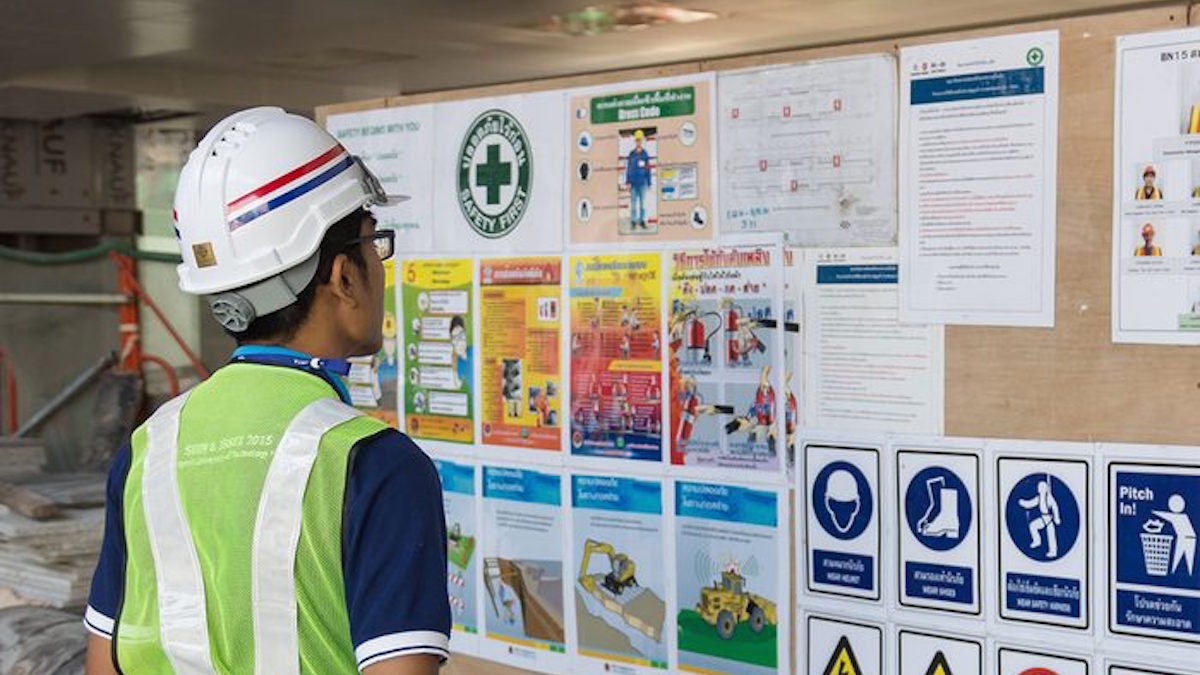Human factors: the consideration for individual human characteristics, environment, organisation and job elements provides a robust framework for understanding work behaviours.
Are your written procedures up to scratch?
Compliance is underpinned by the extent to which organisations are able to influence the behaviour of their employees. The most common example of this is through the presentation, positioning, wording and layout of safety critical information, processes, procedures, tasks and task steps.
In theory, having a clear set of instructions to follow should allow a task to be completed rapidly, adequately and in accordance with agreed safety standards. In particular written procedures relating to operation and maintenance are vital to ensuring workflow consistency. Procedures should embody a standardised level of base-line knowledge and represent the best practice for task completion (Gordon, 1998; Hancock & Parasuraman, 2002; HSE, 2012).
The link between non-compliance and risk
While adherence to correct procedures plays a vital role in promoting consistency of task outcomes, safety culture integrity and operational success, poorly written procedures are an often-cited reason for non-compliance and deviation from recommended actions. Investigation of major accidents and incidents within the energy sector has attributed non-compliance as a causal factor to increasing risk vulnerability (Allnutt, 1987; HSE, 2012; Wickens, 2004).
When a worker intentionally deviates from standard procedural instructions this is considered procedural violation. The definition does not imply that the end-user was aware of the negative consequences or that the end result was intentional, simply that somewhere in the task trajectory a non-compliance choice was made (HSE, 2012).
Driving behavioural change
One of the major areas we specialise in is a behavioural approach to procedural risk. Oil & Gas clients striving to enhance procedural compliance often look to our I3 consultancy service to review existing process for non-compliance risks.
Our subject matter experts are highly experienced in rebuilding existing procedures from the ground up in order to facilitate compliance and adherence. Considering the end-user from the earliest stage in the process development cycle, while also maintaining operational end goals is vital for the successful integration of human factors.
Guidelines for Procedural Creation The wheel below highlights some of IHF’s recommendations for revising, designing and publishing robust and reliable procedures, which accurately represent task completion.
References
Allnutt, M. F. (1987). Human factors in accidents. British Journal of Anaesthesia, 59(7), 856-864.
Gordon, R. P. (1998). The contribution of human factors to accidents in the offshore oil industry. Reliability Engineering & System Safety, 61(1), 95-108.
Hancock, P. A., & Parasuraman, R. (2002). Human factors and ergonomics. Encyclopedia of Cognitive Science.
HSE, (2012). Human factors that lead to non-compliance with standard operating procedures. Health & Safety Laboratory for the HSE.
Wickens, C. D., Gordon, S. E., & Liu, Y. (2004). An introduction to human factors engineering.



